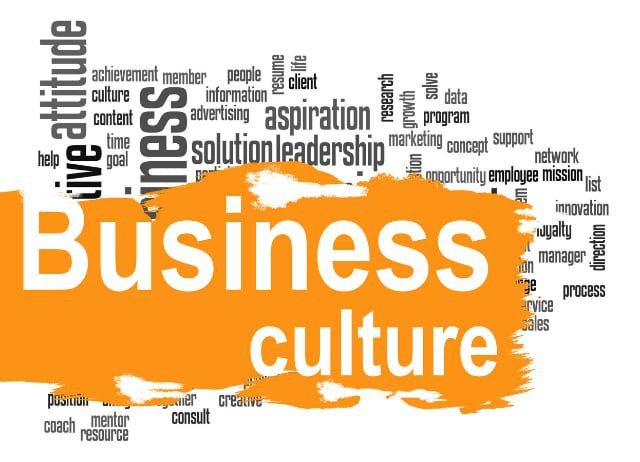
How culture affects your organization’s leadership strategy?
Magda Wells
Organizational culture can make or break a company’s overall success. Having a strong mission and culture is business-critical when it comes to attracting top talent, with the wider employer value proposition becoming increasingly valuable in today’s competitive jobs market.
Glassdoor’s Mission & Culture Survey 2019, conducted online by The Harris Poll in June 2019, found that over 77 percent of adults across four countries (the U.S., UK, France, Germany) would consider a company’s culture before applying for a job there, and 79 percent would consider a company’s mission and purpose before applying.
In my career I have worked for organizations that had a strong mission and culture to the point that I still talk about them with a warm heart. I have also experienced working for organizations who were on the opposite end of the spectrum.
How can you create a workplace environment considered by your team as one of the best places to work? Here are a few ways:
1. Communication
Communication plays a very important role in ensuring that employees are fully aware of what is happening in the organization, from basic policy updates, to management changes and mergers. Also, employees are hungry for feedback. We all want to know how we are performing and “once a year performance reviews” are now outdated. Employees require monthly, or even weekly, feedback on their performance for smaller teams.
2. Growth opportunities
To stay motivated and inspired, employees want opportunities to grow in their careers with professional development. Employees want to expand their expertise. One of the best ways I have experienced this firsthand is by ensuring that the organization has Leadership Development Programs available for their employees and that they will foster a learning culture in the organization.
3. Managers effectiveness
The famous quote “People don’t leave their job, they leave their manager.” speaks for itself.
A Gallup survey of 7,200 adults found that about half had left a job at some point “to get away from their manager.”
Organizations should look into their managers’ people skills development, including Emotional Intelligence and coaching skills to avoid losing talented employees.
Based on the few suggestions mentioned above, why not start by creating a culture of learning within your organization?
With thetechnological advancements of this day and ages, and the use of smartphones, each and every employee has access to unlimited knowledge.
A culture of learning is needed more than ever when you combine vision, business objectives and the need for new capabilities when solutions are unknown and conditions are ever-changing.
Start now, educate and empower your workforce.
They are your power.
They are your success story.


